If plastic had never appeared on Earth, our planet would be very different from what it is today. Would the oceans be bluer, would forests cover every corner, or would our planet undergo a transformation? Let’s explore the answers to this intriguing hypothesis!
How has plastic infiltrated human life?
From an objective standpoint, the invention of plastic can be considered one of humanity’s significant milestones. Indeed, thanks to plastic and products made from it, human life has become easier. However, we have become increasingly dependent on plastic.
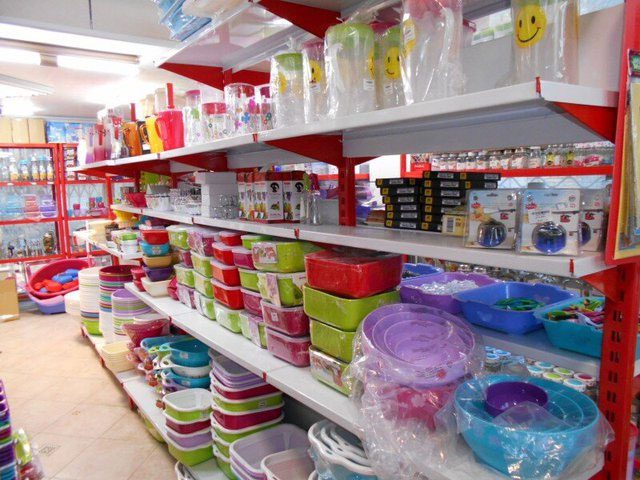
Plastic and plastic products have made humans dependent on them. (Image: Tehran Times)
In reality, the clothes we wear today are made from synthetic fibers that contain plastic, as natural fibers are limited. The electronic circuits in mobile phones, computers, televisions, and more utilize insulating plastics. Bottled drinking water and beverages are stored in plastic containers. 95% of cleaning agents and laundry detergents are found in plastic bottles, jars, or bags. Other items like fishing lines, nets, diapers, and more primarily consist of microplastics.
Even disposable products like bubble tea cups, coffee cups, fast food containers, and straws are made from plastic.
However, here are some statistics indicating that plastic waste has exceeded humanity’s control, as reported by the WHO:
- Since the 1950s, the world has produced 8.3 billion tons of plastic, of which 6.3 billion tons is plastic waste. On average, about 300 million tons of waste are released into the environment each year, with 8 million tons ending up in the oceans.
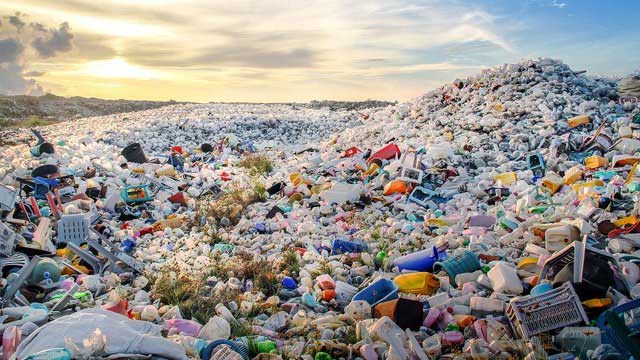
Over 70% of total plastic waste is dumped into landfills or directly discarded into the natural environment. (Image: CNN)
- More than 70% of total plastic waste is disposed of in landfills or directly discarded into the natural environment.
- According to data from 30 countries, 1.2 billion tons of waste is concentrated in urban areas, with 1.1-1.8 billion tons of non-hazardous industrial waste and 150 million tons of hazardous waste.
- In 2010, oceans were burdened with approximately 8 million tons of plastic waste. From now until 2025, the amount of plastic waste entering the oceans could reach 155 million tons.
- Over 800 marine species are directly affected by plastic waste, not including the consequences for human health.
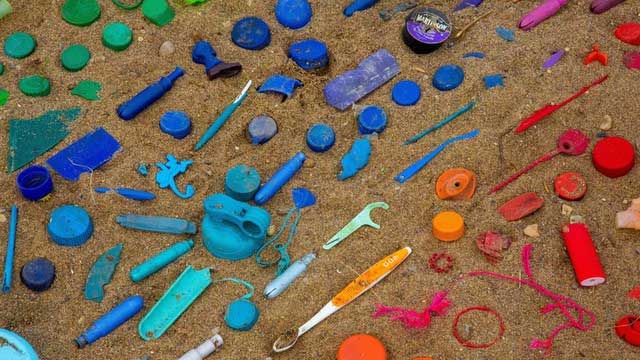
Each year, around 300 million tons of waste are released into the environment, with 8 million tons making it into the oceans. (Image: CNN)
- The Ocean Conservancy predicts that by 2025, for every 3 tons of fish, there will be 1 ton of marine waste.
- According to a Deloitte study, each year, up to 1 million seabirds and 100,000 sea turtles, along with other marine mammals, die after ingesting plastic or becoming entangled in floating and submerged plastic waste in the oceans.
What would happen if Earth had no plastic?
Of course, due to the consequences and future risks posed by plastic waste, we tend to believe that having no plastic at all would be the best solution. However, the outcome may not be as we imagine.
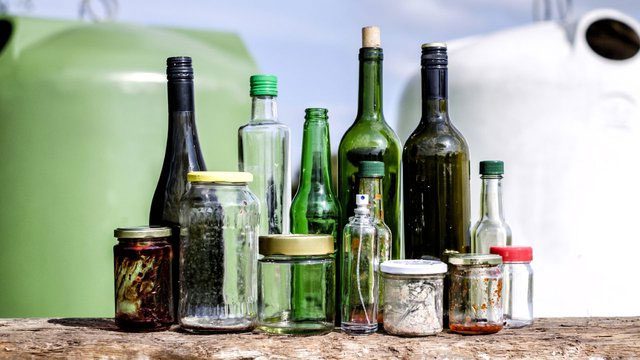
Using glass as a substitute for plastic would be quite costly. (Image: CNN)
Plastic is not biodegradable. Compared to organic waste, plastic takes hundreds to thousands of years to decompose. If Earth had no plastic, soil and water pollution would greatly decrease. However, plastic is very cheap, its production is flexible and easy, and notably, it is not affected by water. This is also why plastic has become a difficult material to replace in human life.
Theoretically, we could use paper and glass to replace plastic. However, we would face the following impacts if plastic were no longer present. The costs of producing glass and paper would be very high. Moreover, we know that paper is made from wood, so if we completely replace plastic with paper, it is highly likely to lead to an environmental disaster. Trees would be exploited more to produce paper, unless a completely new technology is developed to produce paper without wood—which may also have similar repercussions as plastic.
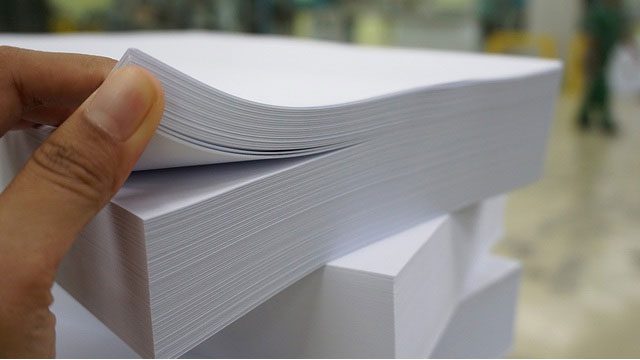
Using paper as a complete substitute for plastic is likely to cause an environmental disaster. (Image: CNN)
Particularly, the electronics industry would be significantly affected. Plastic is used in almost every device; it is found in computers, smartphones, and more. Without plastic, these items would either not exist or be produced at exorbitant costs.
How can we reduce plastic waste?
Although we understand the dangers of plastic waste, every day, Vietnamese people are releasing 2,500 tons of plastic waste (primarily from nylon bags) into the environment. Statistics from the World Bank published on July 25, 2022, indicate that plastic waste is the most common type collected in field surveys in Vietnam, accounting for 94% of the total number and 71% of the weight of waste generated. It is estimated that at the current rate, by 2030, Vietnam’s waste generation is expected to double from 27 million to 54 million tons.
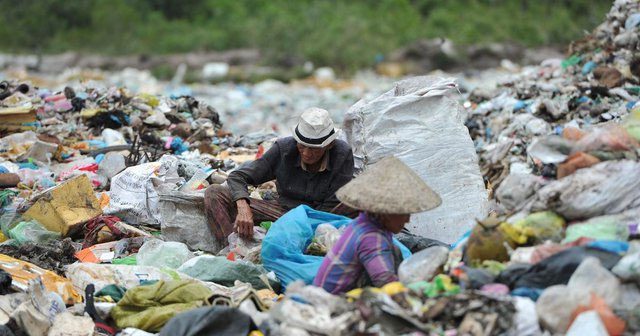
Plastic waste accounts for up to 94% of the total waste generated in Vietnam. (Image: CNN)
It is clear that an immediate future without plastic waste on Earth will be very difficult to achieve. However, we can still treat the environment better by minimizing the use of single-use plastic products. Instead, we should opt for alternatives such as fabric bags, ceramic cups, and glass containers.
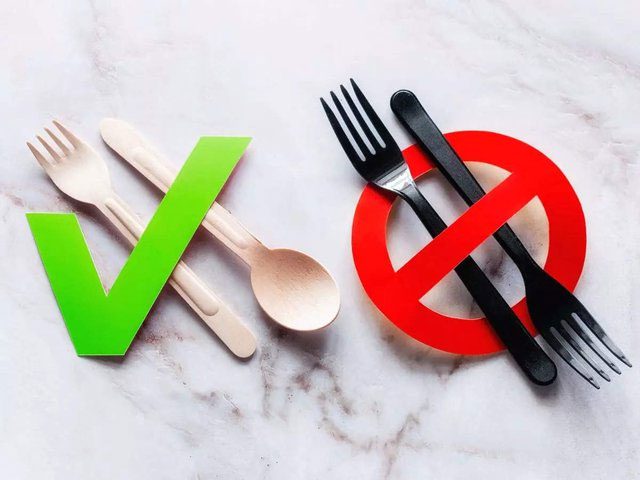
We can treat the environment better by minimizing the use of single-use plastic products. (Image: CNN)
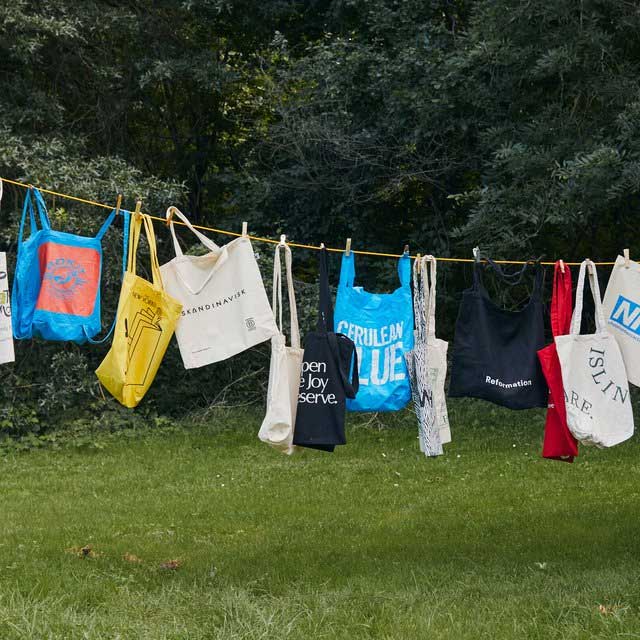
Instead of nylon bags, we can use fabric bags to protect the environment. (Image: CNN)
Importantly, remember to sort waste from the source, placing it in the correct collection points to enhance the efficiency of processing and recycling.


















































